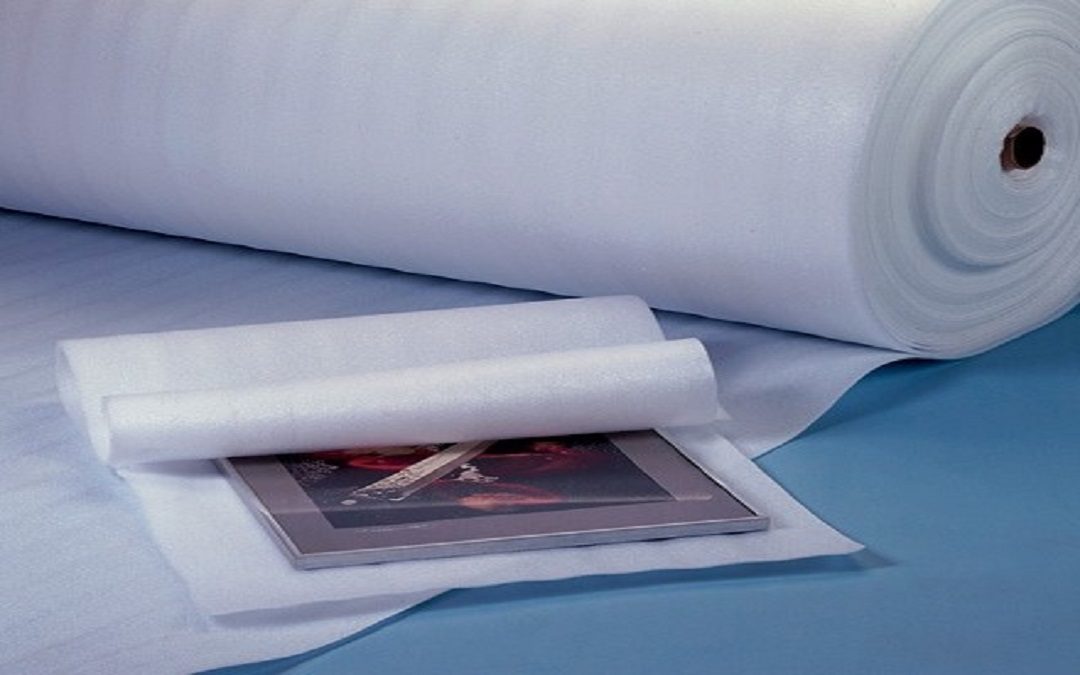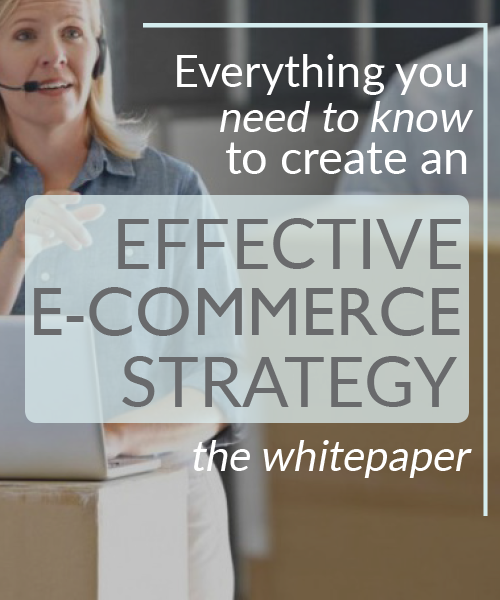What Is Packaging Foam & How Can It Be Used?
Your customers eagerly await the shipment of the amazing products you sent their way, and you want the products to arrive intact and in pristine condition.
That’s where packaging foam comes in, as it serves as protective armour for the products you ship.
While your shipment is in transit, it’s likely to get jostled around, and without protection, fragile products may get damaged. Packaging foam provides this protection by padding between the item and hard surfaces.
In addition to protecting your items from physical impact, packaging foam also protects them from becoming compromised due to temperature changes and contact with static, chemicals, moisture and microorganisms.
Read on to learn about the different types of packaging foam as well as its uses and benefits.
Types of Packaging Foam
Packaging foam is made from polyethylene, polystyrene or polyurethane.
The Packaging Company makes it foam from polyethylene, which is also known as LDPE or PE foam.
Its initial form is a thermoplastic, which is converted to foam format through a blowing process.
Its other forms include:
Polyethylene:
Non-absorbent, closed-cell foam that protects with moderate to low fragility against mould, mildew, bacteria, rot and chemicals
Cross-Linked Polyethylene (XLPE):
Closed-cell, high-density, compact foam that protects against chemicals and water
Expanded Polypropylene/Polyethylene (EPP/EPE):
Both are durable and suitable for cushioning and multiple impact resistance
These materials form the basis of different types of packaging foam, including rolls, sheets, pouches, etc. The best type of packaging foam to use for your shipment depends on several factors.
Consider the following when deciding the type of packaging to use for your shipment.
- Product weight
- Product positioning
- Product fragility
- Required cushioning
- Aesthetics
- Abrasion
Packaging foam constructed in the form of inserts and trays also provides other benefits.
You can use them to organize and isolate subassemblies and separate components.
Uses and Benefits of Packaging Foam
Packaging foam can be fabricated and designed to hold items of any shape.
It can accommodate products that have buttons, brackets or flanges. These features can change the product’s overall shape or make it more fragile.
The curves, notches and grooves in packaging foam adapt to a product’s unique shape.
The characteristics of foam packaging make it suitable for many packaging applications due to the following benefits:
- It doesn’t damage fragile items through scratching, chipping and so on.
- The low-density polyethylene used to make packaging foam can be recycled.
- It’s available in different forms that suit different purposes.
- Cost-Effective. It’s lightweight, so it doesn’t add to your shipping costs, which increase with the weight of your shipment.
- Safe for Electronics. Anti-static foam protects electronic products from damage related to static or shock.
- It doesn’t leave marks.
As a result of these benefits, foam packaging is one of the most preferred and commonly used packaging solutions.
Looking for Packaging Foam to Ship Your Products?
If you need to keep the products you ship safe until they reach their destination, look no further.
The Packaging Company provides businesses in Canada and the U.S. with high-quality, affordable packaging foam. Visit The Packaging Company to place your order today!




